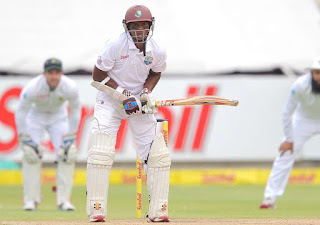Fantasy Kabaddi – A Journey of Rise for Kabaddi Games
As the period of Kabaddi games has started, we realize that the devotees of 11wickets.com are interested to know where the roots for the game lies. Kabaddi is an Indian game and well known as Game of Masses. The game is extremely well known, straightforward and furthermore, the standards are effectively reasonable. Be that as it may, solid proof expresses that the game is 4,000 years of age. Yet not very many individuals think about its inception.
India Fantasy kabaddi is a basic and efficient game. It doesn't require a gigantic playing zone or any expensive hardware. It is essentially an open-air game played on a dirt court or an engineered surface.
The game was started in the southern Indian state of Tamil Nadu. Different types of fantasy kabaddi game were started in northern pieces of India. The cutting-edge kabaddi was presented in the Indian National Games at Calcutta in 1938.
The game was presented and promoted in Japan by Sundar Ram of India in 1979. He visited Japan for the benefit of Asian Amateur Kabaddi Federation for two months to present the game. The principal Asian Kabaddi Championship was held in 1980.
These days the kabaddi is known by various names. Fans call Hu-Tu-Tu in Western India, Chedugudu in Southern India, Kabaddi in Northern India and Ha-Do-Do in Eastern India. The length of the game is 35 minutes with 5 minutes break in the middle of to change the sides.
The two teams possess inverse parts of a field and alternate sending a marauder into the other half to win points by handling individuals from the other group. The raider at that point endeavors to come back to his own team holding his breath and saying "Kabaddi" during the entire attack.
At the international team adaptation of kabaddi, two groups each with seven individuals possess contradicted parts of a field of 10m by 8m (for ladies) and 11m by 13 m (for men) and each group has three additional players available for later. The game is played with 20-minute parts and a five-minute break during which the groups trade sides.
Groups take turn sending a thief to the contrary group where the objective is to label individuals from the contrary group before coming back to his very own group. Labeled individuals are out and are sent off the field until further notice. In the interim, the safeguard must make a chain, by associating hands. On the off chance that the chain is separated, an individual from the protecting group is sent off. The point of the safeguard is to prevent the pillager from coming back to his side before slowly inhaling.
The games dream kabaddi can likewise be played in three distinct structures like Amar, Gemini and Sanjeevani. Give us a chance to talk about these structures in detail.
Amar
This type of kabaddi played dependent on focuses scored by the two sides. The playfield has no specific estimations and nine to eleven players indicate every one of the groups. The principle favorable position of this type of the game is that the spread players stay in the court all through the match and can give their best execution.
Gemini
This type of kabaddi is played with 9 players on either side. The primary trait of this type of kabaddi is that a player who is put out needs to stay out until all the colleagues are put on. The group which is fruitful in putting out every one of the players of the contrary group secure a point.
Sanjeevani
This structure is nearest to the present game. In this, the players are put out and re-invigorated. The group that puts out every one of the players on the adversary's side scores four additional focuses. The triumphant group is the one that scores greatest focuses toward the finish of 40 minutes.
Much obliged for perusing! Play online kabaddi amusements and appreciate!



Comments
Post a Comment